
(THE PLUNGE IN IRON ORE PRICES IS BAD NEWS FOR AUSTRALIA, BUT GOOD NEWS FOR THE REST OF THE WORLD)
August 21, 2024
Hello everyone,
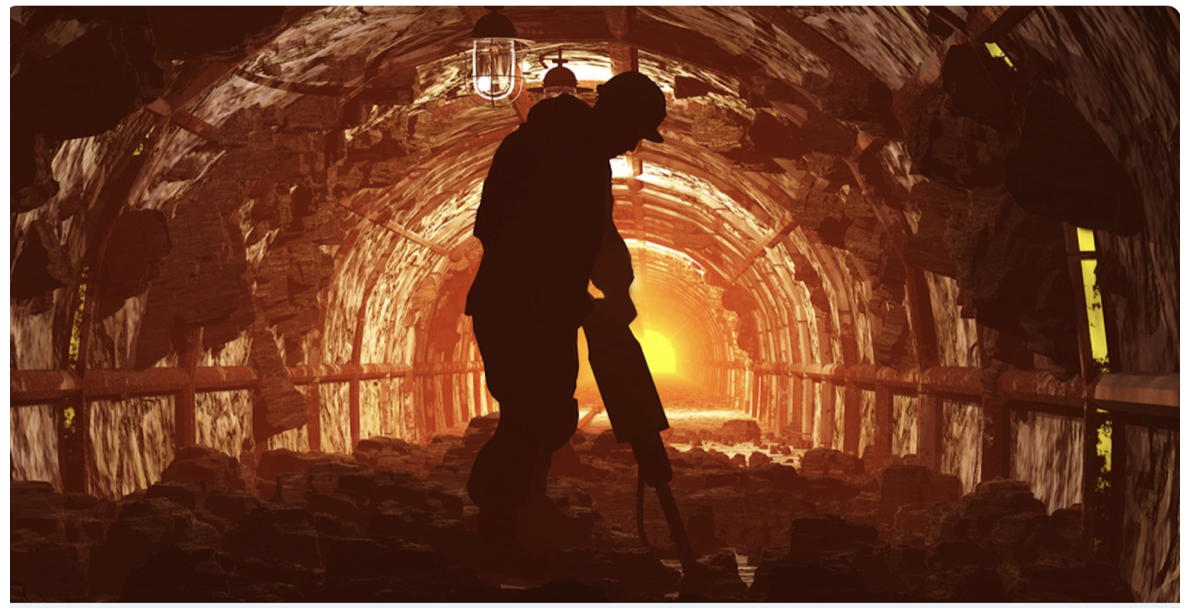
Iron ore prices have halved since their peak in January. Share prices have had a 20% haircut consequently. That’s bad news for BHP and Rio Tinto and their shareholders.
“Twiggy” Forrest’s Fortescue Metals (FMG) is down an eye-watering 43%, as it is particularly sensitive to the rise and fall of the China-driven iron ore price.
And to top it all off for “Twiggy”, Fortescue’s iron ore is apparently below par in quality when compared with BHP and Rio’s (and Brazil’s Vale).
Obviously, when China is booming and iron ore is in demand, all is good in Fortescue’s world, as the price that this company gets starts to approach the BHP/Rio price.
When the opposite happens, however, its price falls further and faster, and the drop in price comes straight off Fortescue’s profit.
Right now, BHP and Rio are also feeling the pain.

It’s unfortunate for Australia that our entire economic prosperity appears to be built on China.
China drives both the prices of and the volumes of coal and gas that Australia sells into the global market, regardless of whether it buys or doesn’t buy directly from us. It’s a similar story with iron ore.
So, what we need to understand is that if their prices really plunged, and stayed down for any extended period, the Aussie dollar would most likely collapse and Australia’s economy would become a junk heap.
For the rest of the world, that price collapse would be good news. Lower iron ore and energy prices would feed into lower prices for everything across the world.
The new narrative landscape would arguably include near-zero inflation, much lower interest rates, and booming economies.
BHP is now trying to backpedal, to some extent. After going long iron ore and China, by selling out of fossil fuels, BHP is endeavoring to diversify into other commodities.
Rio has invested heavily in Africa, for its iron ore exposure.
The giant Simandou iron ore project in Guinea, set to be the world’s largest and highest-grade new iron ore mine, will commence production by the end of 2025 and will add annual output of around 120 million metric tons of high-quality iron ore after it reaches full capacity.
So, when might we see the bottom in iron ore prices?
Morgan Stanley expects a “rebound in one to two months due to an efficient supply response from marginal units.”
News flow and sentiment influence iron ore prices, so it is not surprising to see that remarks from some of China’s top steel makers have put the market on edge. As cited in the Financial Times, Hu Wangming, chair of China Baowu Steel Group argued that the steel industry “winter” was likely to be “longer, colder and more difficult than we expected.” Furthermore, he warned that current steel market conditions may be more severe than the downturns experienced in 2008 and 2015.
Adding to the angst is recent Chinese economic data, which shows:
New construction fell 20% year-on-year in July, only a slight improvement from June’s 22% fall.
Property investment in China fell 10% in the first seven months of the year.
China’s steel exports fell 10% month-on-month in July, marking a slowing in the annualized run-rate to 88 million tonnes, down from 110 million tonnes earlier this year.
July crude steel output is down 9.5% month-on-month and 9% year-on-year.
China’s portside iron ore inventory is sitting around a one-and-a-half-year high.
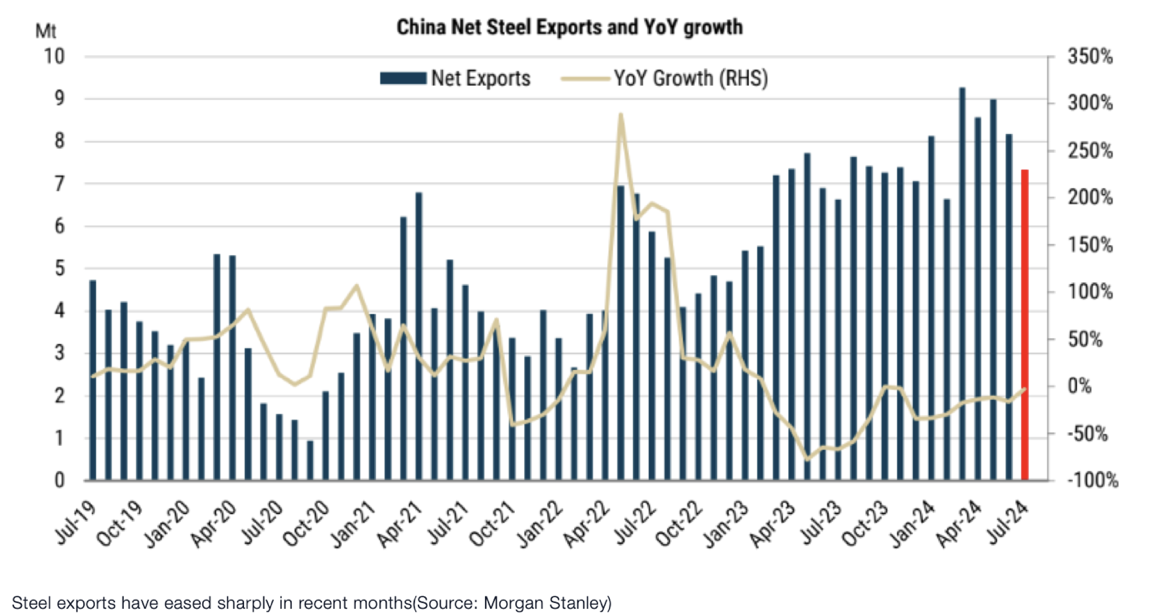
Worst case scenario?
A more severe economic slowdown in China was exacerbated by decelerating growth in other regions.
As we approach the December quarter we should be watching the monthly World Steel production data and the 10-day CISA (China Iron & Steel Association) steel output series.
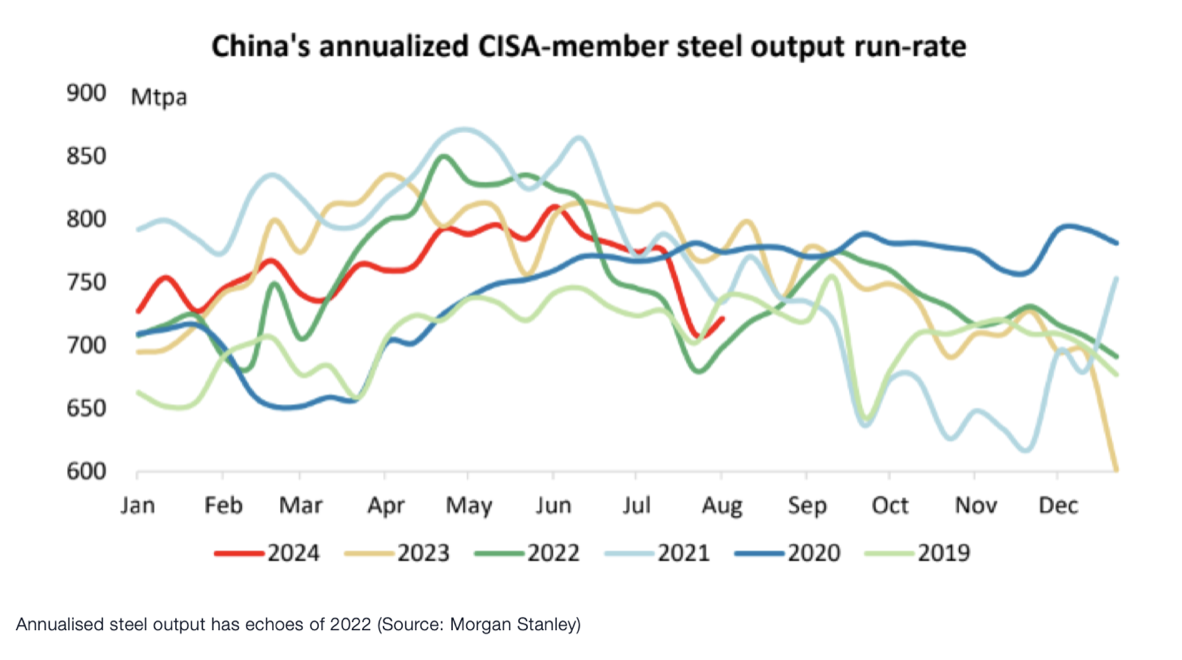
QI CORNER
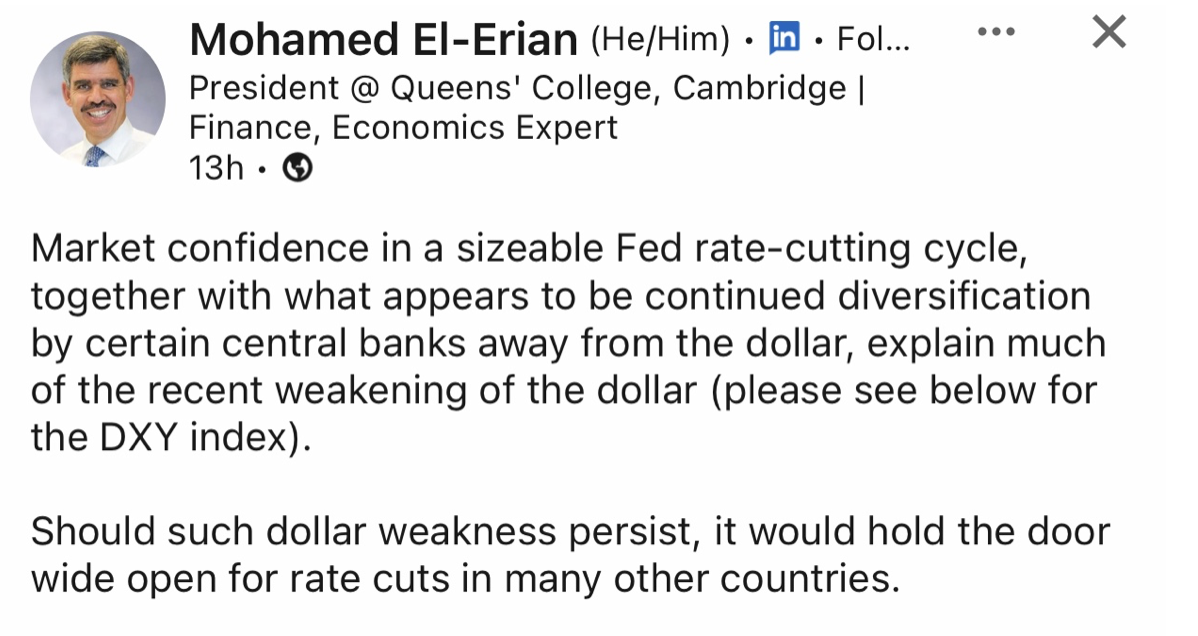
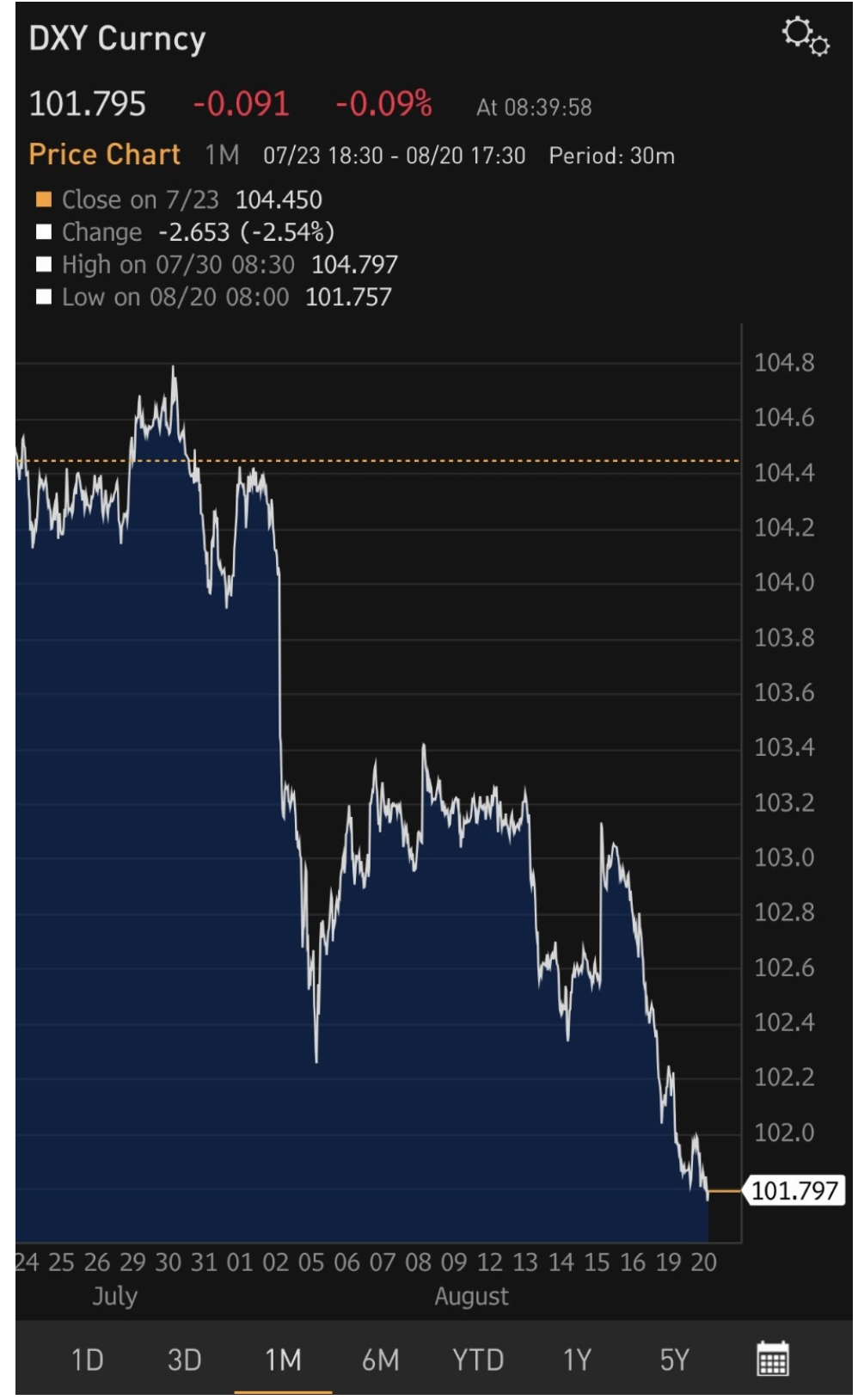
EMPOWERING PRODUCTIVITY
Proving that everything does not have to be about numbers; letters can be very useful too.
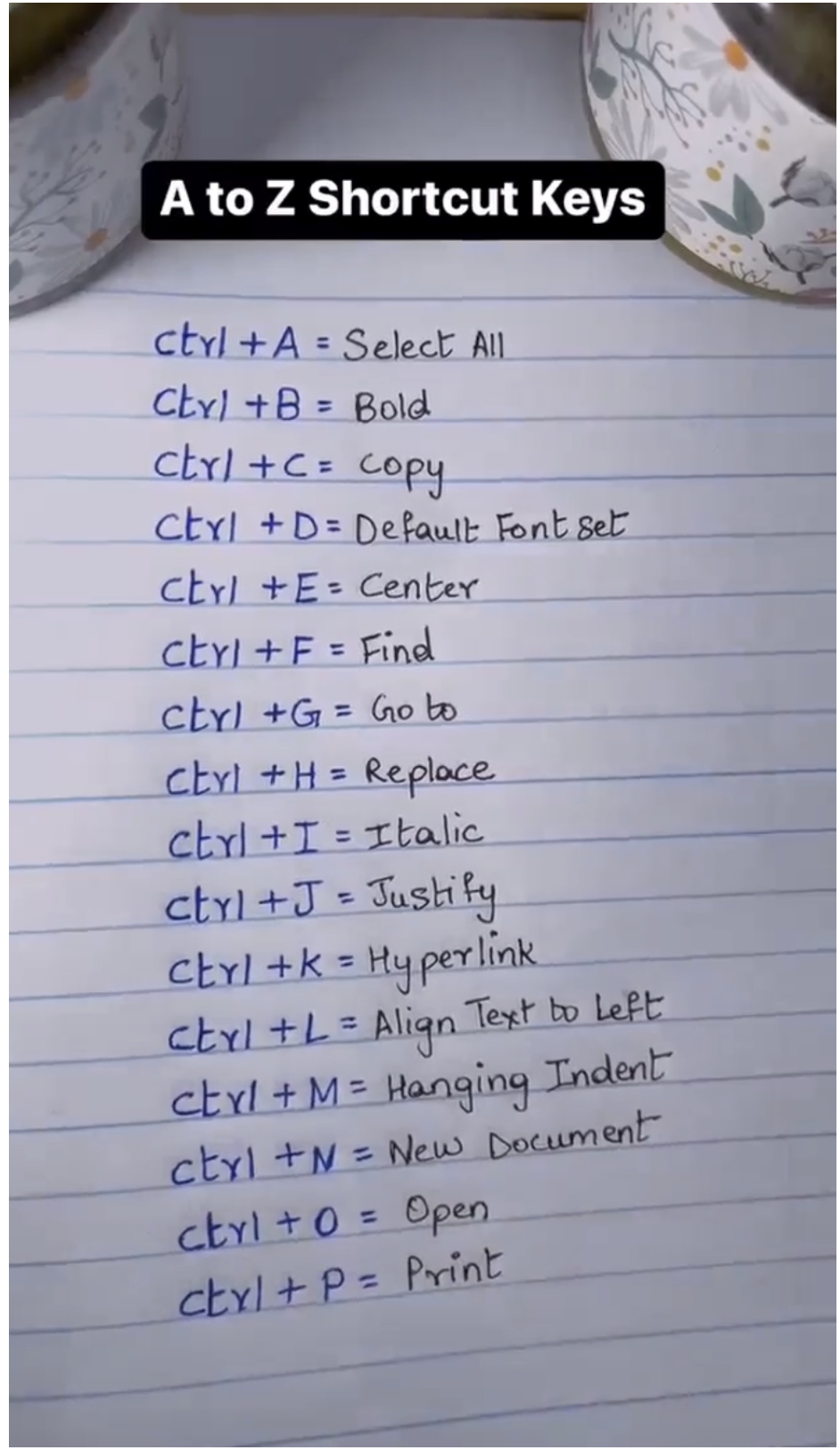
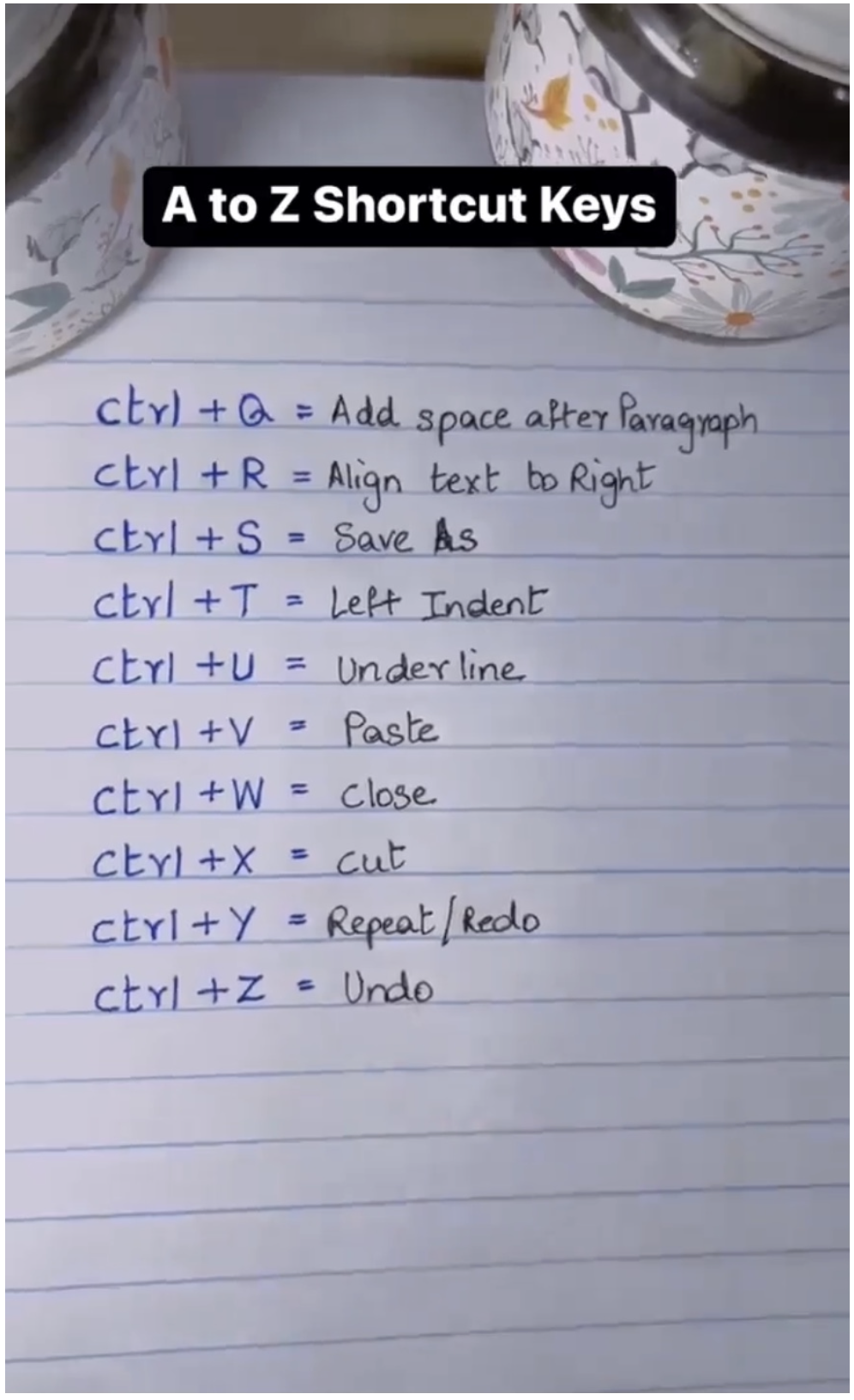
SOMETHING TO THINK ABOUT


Cheers,
Jacquie
